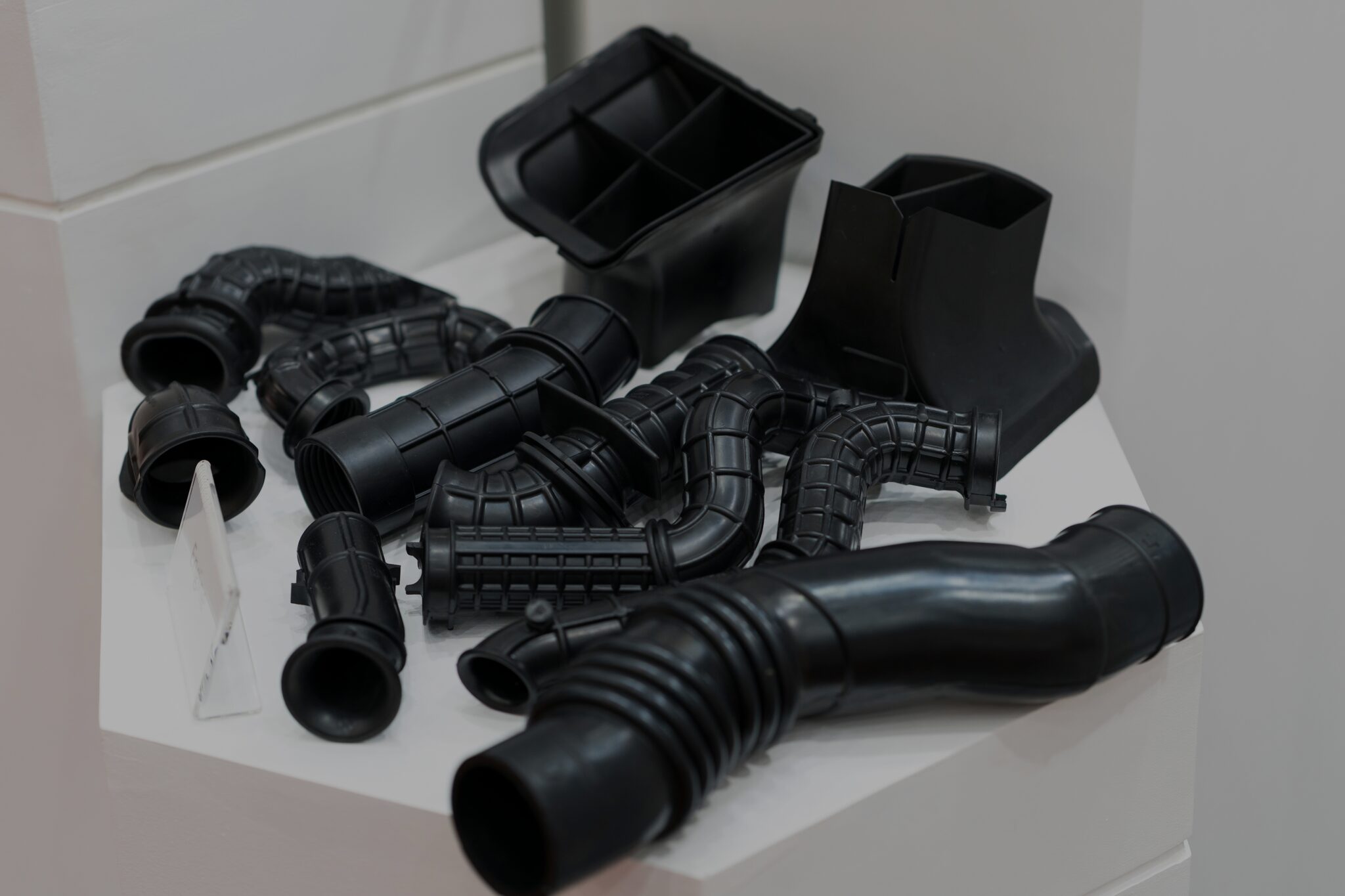

Originally published on fastradius.com on July 17, 2020
Prototyping is a key phase of the manufacturing lifecycle that typically links the end of the design stage with the start of production. The process enables designers and engineers to refine part design, gather feedback, and gain stakeholder buy-in.
Prototypes can be created a number of different ways. Rapid 3D prototyping, which uses additive manufacturing methods to produce parts, has become an increasingly popular choice for prototyping because it allows engineers to quickly and cost-effectively identify design issues before production begins. This helps to avoid potentially costly or time-consuming tool revisions, improves product quality, and ensures that production stays on-track with projected timelines.
However, certain part applications and materials aren’t good fits for 3D-based prototyping. Processes like fused deposition modeling (FDM) produce non-isotropic parts that might be more fragile and react differently than production elastomer parts, while other additive methods may be limited by cost or material options.
This can present a challenge for rapid prototyping elastomer molding, seals, and other highly elastic parts with low durometers, where flexibility is a desirable material characteristic. While developments in additive manufacturing methods have enabled engineers to print rubber, or “elastomer” products, there are still limitations to what can be done with the technology. However, elastomer components and prototypes can be effectively made with traditional manufacturing methods.
Processes like compression molding and transfer molding are highly efficient methods for producing rubber parts such as gaskets, seals, and O-rings, but the tooling required to manufacture rubber compression mold designs tends to come with a high price tag. The two most common traditional methods for prototyping rubber parts are urethane casting and die-cutting.
Urethane casting involves creating a silicone mold around a master pattern with the exact geometry of the desired final part. The master pattern can be CNC-machined or 3D-printed, depending on the application and geometric complexity. Once the mold sets, it can be cut open and used to create highly precise replicas of the master pattern in low volumes. One significant advantage of urethane casting is that the process allows for more durometers and colors than other methods of elastomer prototyping. Die-cutting of elastomeric sheet stock is also very common for gaskets and seals.
CNC milling is a subtractive manufacturing process that uses rotating tools to quickly and efficiently cut material away from a solid workpiece, thereby shaping the desired part. This method can also be used to create rubber designs, but there’s one major design limitation: attempting to cut elastic, pliable material with any degree of accuracy is incredibly difficult. For this reason, only very rigid rubbers can be effectively milled.
Cast urethane prototyping is a more efficient way of creating soft rubber parts. If for some reason the prototype must be milled, engineers should consider placing a collar just above the mill to prevent the rubber workpiece from moving. Rubber workpieces can also be frozen in liquid nitrogen prior to milling to increase their hardness.
One of the primary advantages of 3D printing rubber prototypes is speed. Once the CAD file is finalized, parts can often be manufactured in less than a day. However, some additive methods come with material limitations, which means that while they may be effective at testing the fit and form of components, they are often not ideal for functional testing.
Some material limitations vary based on process. One of the first methods of 3D-printed elastomer prototyping used selective laser sintering (SLS) with an elastic base material. Prototypes created through SLS display some elasticity, but still exhibit relative stiffness and are prone to breaking after repeated flexing. These parts also often have low-resolution finishes.
The development of PolyJet technology enabled engineers to print multiple materials in different combinations from the same head. This allows for the production of prototypes that accurately simulate the various properties of rubber, including durometers ranging from 27-95 on the Shore hardness scale. Unfortunately, many PolyJet materials lack the strength of true rubber prototypes, though some newer materials provide more comparable strength and functionality.
Carbon’s Digital Light Synthesis (DLS) technology can also be used to print elastomer prototypes, with one advantage of the process being that it allows for greater isotropic properties. This method has some limitations when it comes to material properties, durometer, color, part complexity, and part size, but can be used to create production-quality rubber prototypes.
Technological advances have made it much easier to rapidly and economically prototype elastomer parts, and letting the required material specifications determine which process manufacturers is key to maximizing efficiency. If the prototype is intended as a proof of concept or to test the form and fit of components, then the efficiency afforded by 3D printing is hard to beat. On the other hand, urethane casting has far fewer material limitations, which will often prove more useful for the purpose of functional testing.
At SyBridge, we’re committed to streamlining the manufacturing process of every project from concept to delivery. We work hand-in-hand with our customers during each phase of the production lifecycle, helping product teams of all shapes and sizes optimize their part design, prototype, select best-fit materials, test, and manufacture at scale. Our team of seasoned designers, engineers, and advisors are prepared to become your dedicated manufacturing partner. We promise cost- and time-efficient production that yields products of unmatched quality. Contact us today to get started.
How SyBridge Expertise Optimizes Your Process and Lowers Costs In the fast-paced world of manufacturing,…
Imagine a world where your product stands out on crowded shelves, not just visually, but…
Injection molding is an efficient production method when high volumes of identical parts are needed. However,…
As a production method, urethane casting sits in stark contrast to the hard tooling of injection molding. Whereas injection…
CNC machining is among the most popular manufacturing methods because the process is highly versatile, repeatable,…
Originally published on fastradius.com on October 20, 2021 Multi Jet Fusion enables the efficient production…